by Victor J. Kamenir
During World War II, naval mines were used extensively in the Baltic Sea. Their low cost provided weaker German and Finnish fleets with an effective force multiplier in negating Soviet numerical and qualitative advantages. The Soviet Navy also deployed a large number of floating mines, and by the end of the war all three navies had sown over 80,000 mines in the waters of the Baltic, especially in the Gulf of Finland.
Once in the water, the mines were tethered at the end of a cable below the surface. The upper half of a buoyant mine was studded with hollow metal tubes, or horns, which, coming into contact with a ship’s hull, would initiate a chemical or an electric reaction, detonating the explosive charge in the mine.
The depth below the surface at which the mine floated could be adjusted so that vessels with various drafts would trigger them. This often allowed the smaller vessels like the Soviet cutters to virtually “dance” across a minefield unharmed. However, in the Juminda minefields, the depth was set very shallow, resulting in the loss of many smaller Soviet vessels.
Extensive measures and techniques were developed to counteract the mine threat. The minesweeping vessels normally towed two cables behind them, one to each side. Attached to the cables were paravanes, torpedo-shaped floats, keeping the actual sweeps under water. Along the length of the sweeping cable, a series of cutting blades was attached. When a sweep snagged the mooring cable of a mine, it was pulled along the sweep until one of the cutting blades would sever it, making the mine float up to the surface. At this point, the mine would be exploded by fire from cannon and machine guns. On larger combatant ships, paravanes, rigid metal poles mounting the sweeps, were attached to the bow of the ship, severely limiting the ability to maneuver.
As a countermeasure, a number of German mine mooring cables had a length of chain woven into them, preventing the cutting blades on the Soviet sweeps from shearing the mines loose. The mine would then become caught in the sweeping cable and drawn to the vessels instead of being cut away from it.
The relatively inexpensive and easily deployed minefields off Cape Juminda, called the Juminda Barrage, were largely responsible for ravaging the Soviet Baltic fleet during the breakout. On August 28, when the German aircraft could not operate effectively on account of bad weather, German naval mines played an invaluable role in slowing down the civilian convoys and stripping them of their destroyer escorts. On August 29, the damaged and unprotected civilian ships became easy pickings for German air power. (Learn more about the tools and techniques employed in the Second World War inside WWII History magazine.)
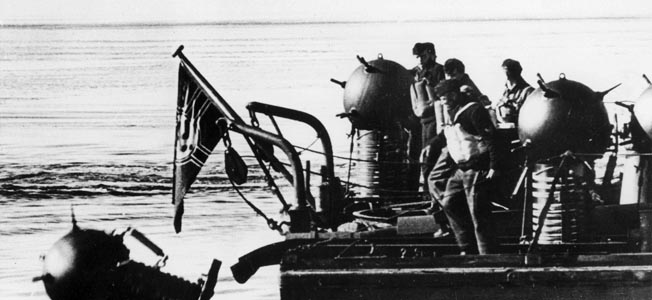
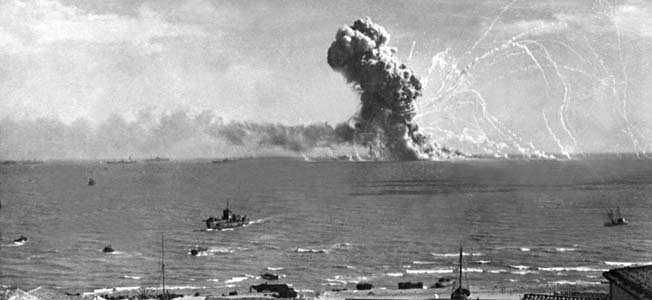

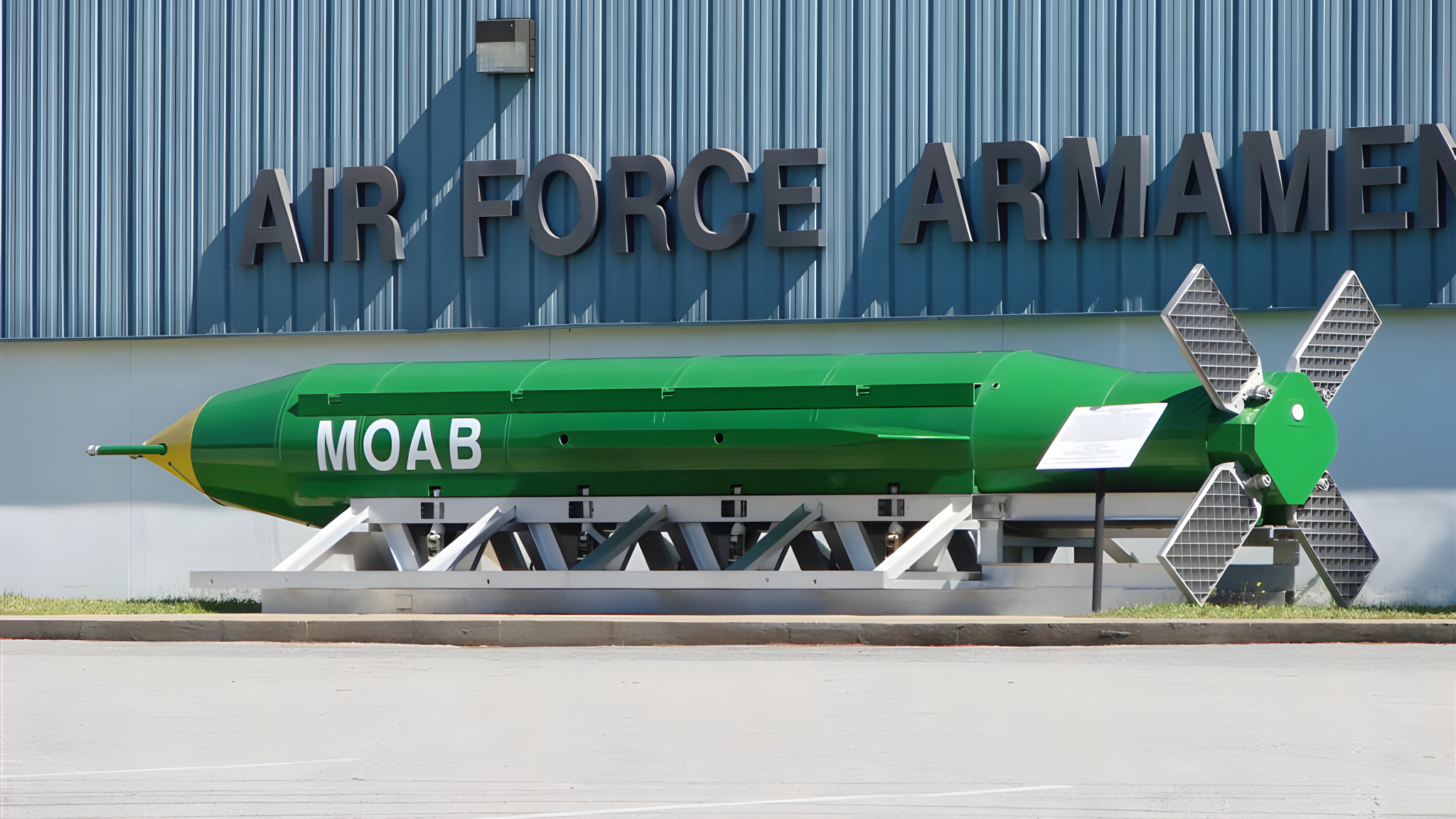
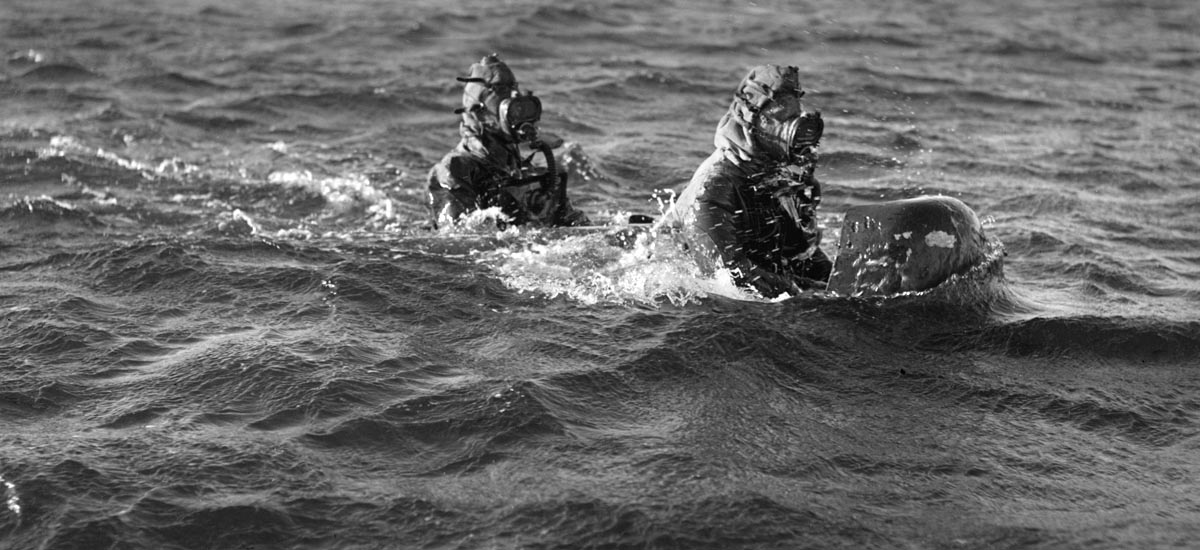
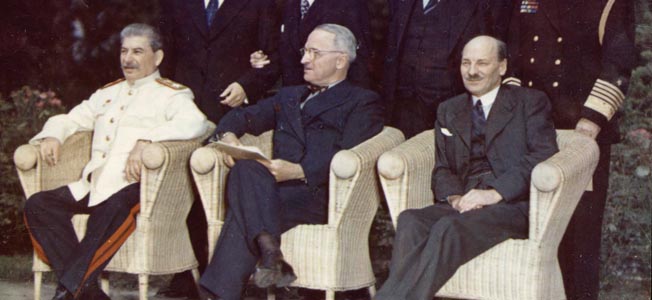

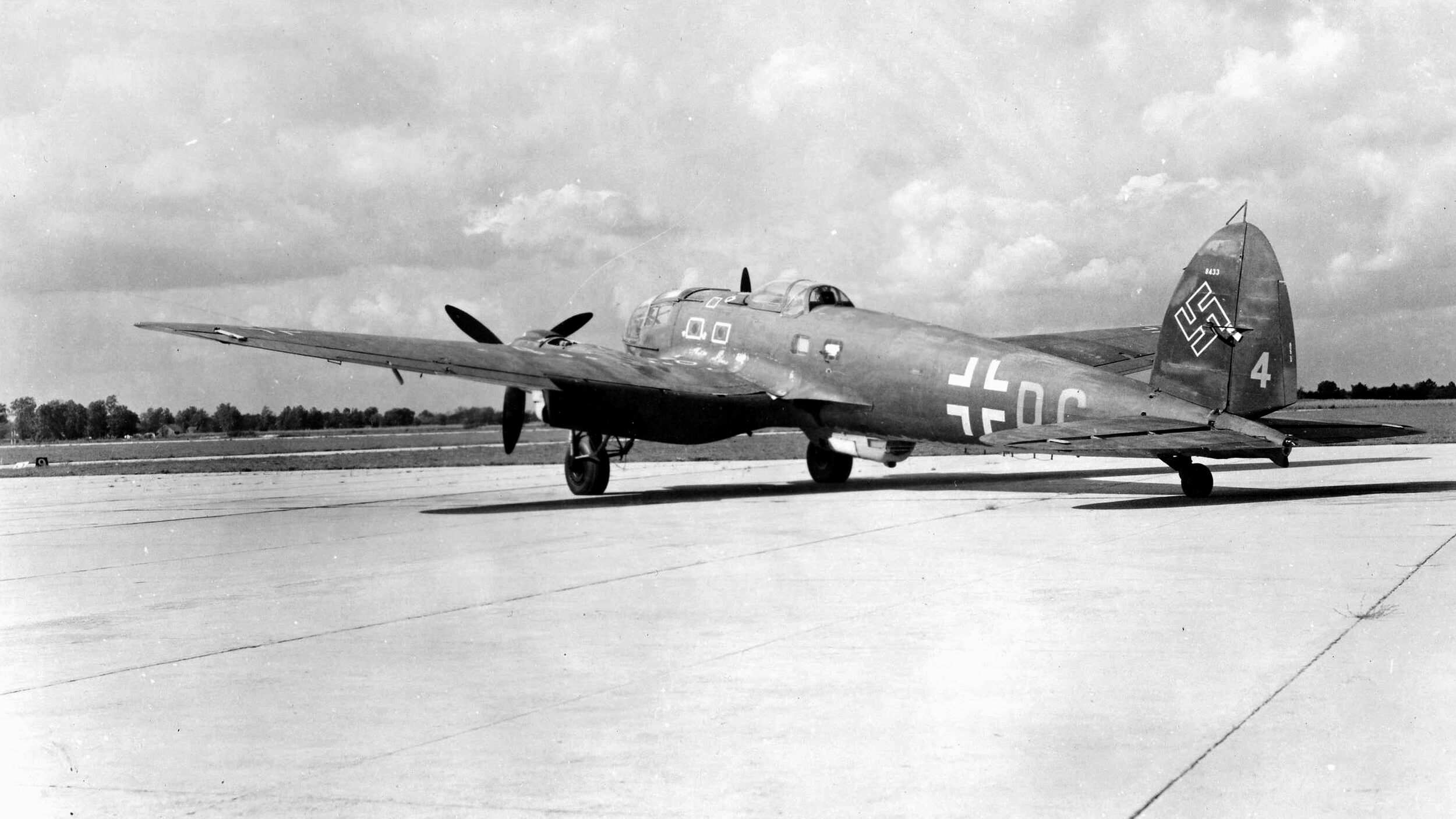

Join The Conversation
Comments
View All Comments